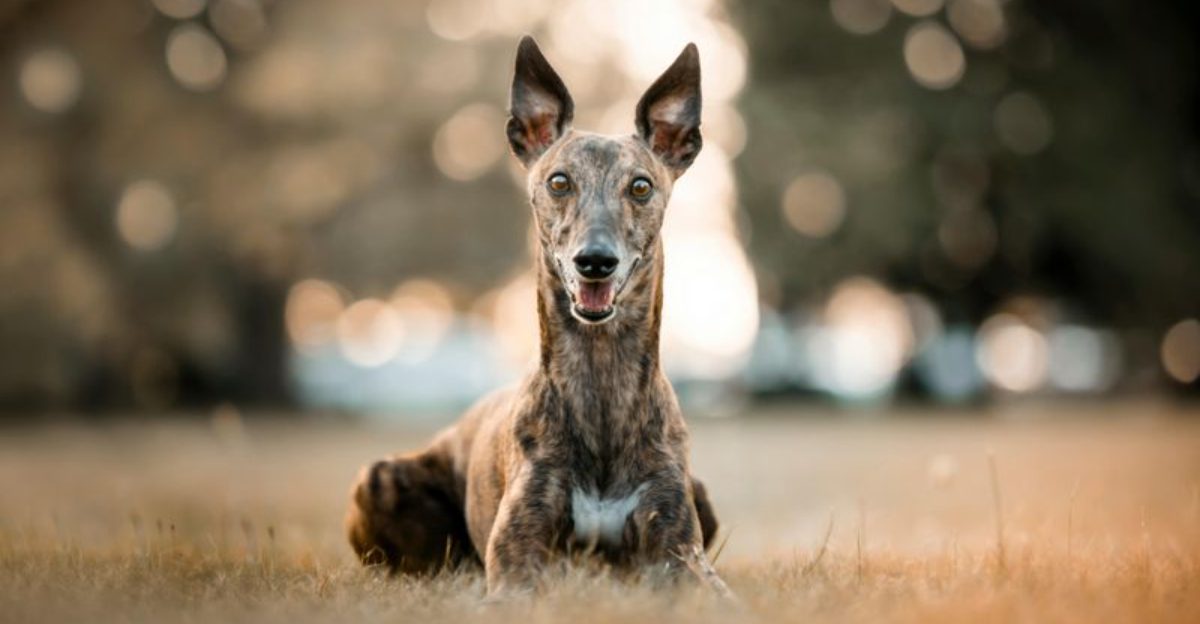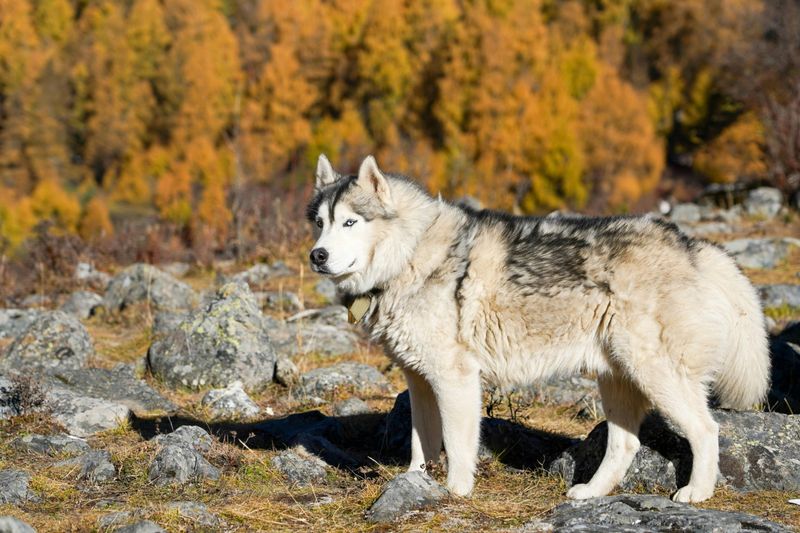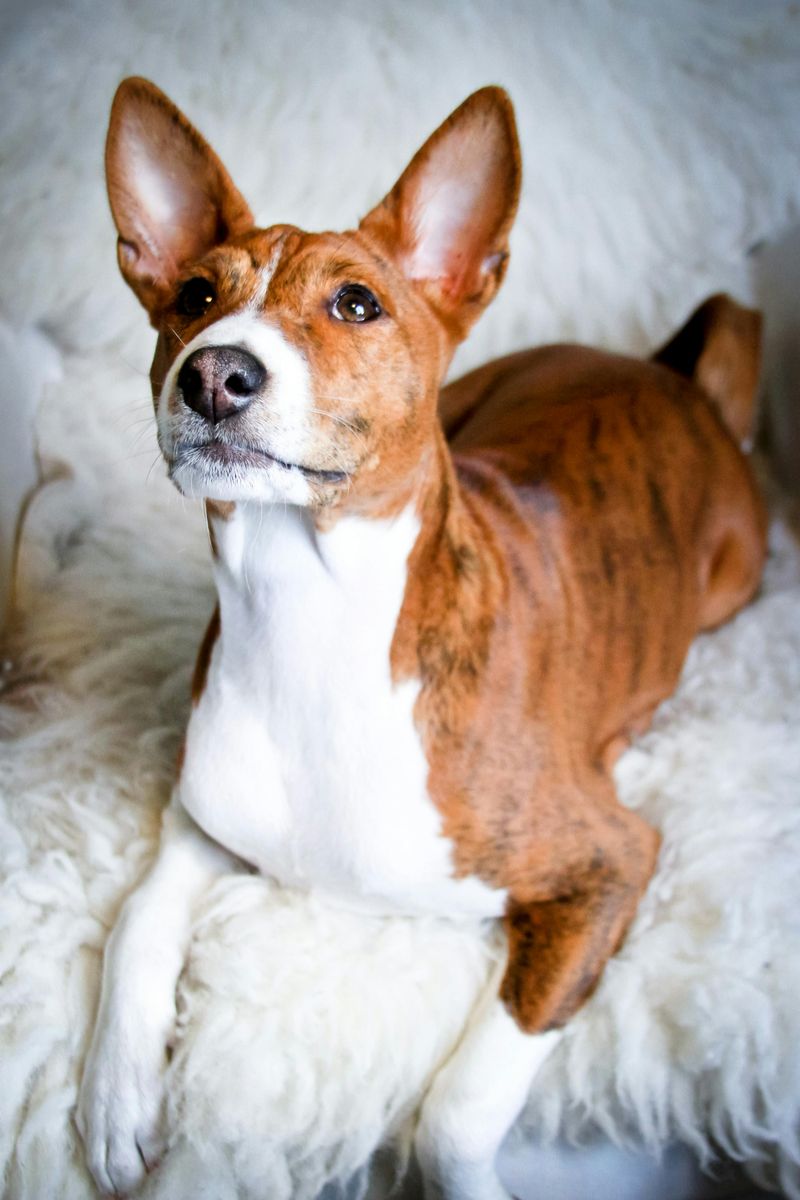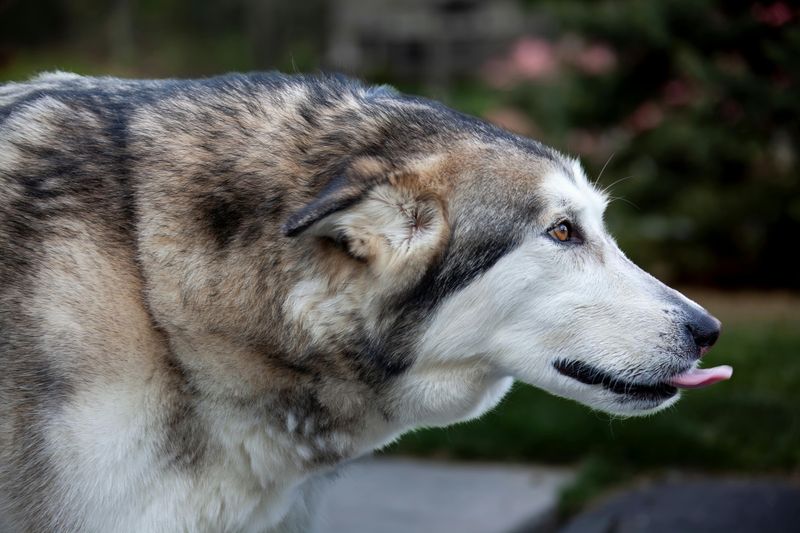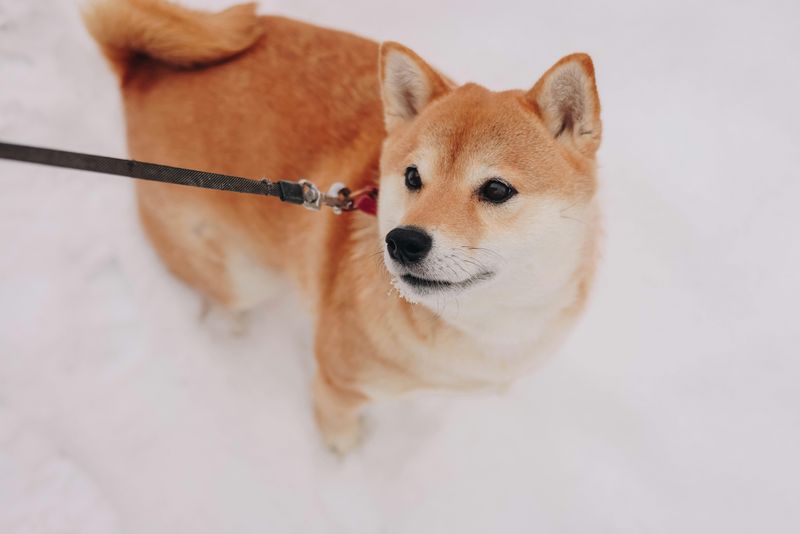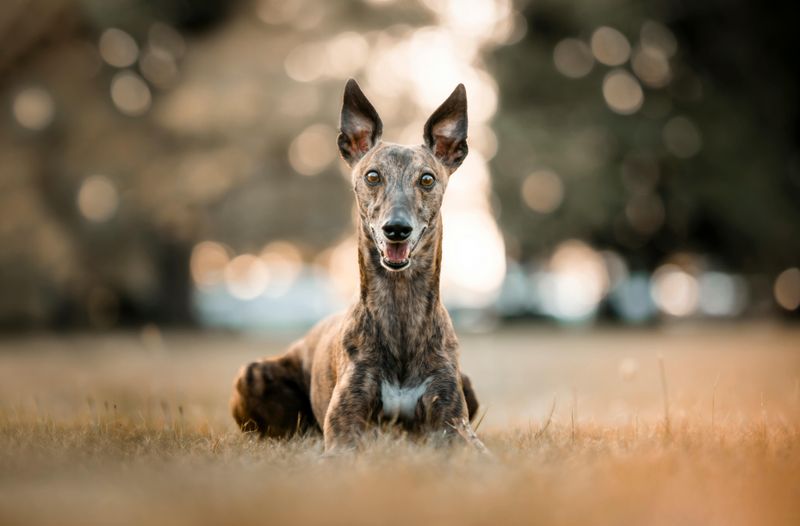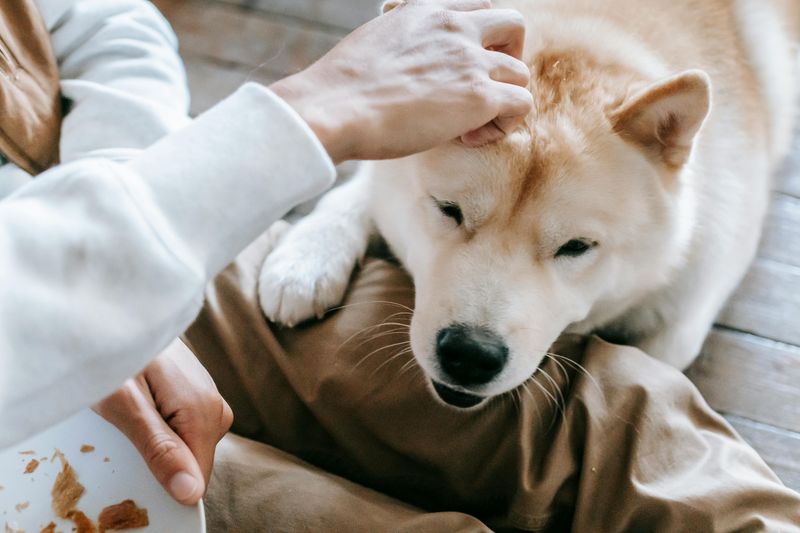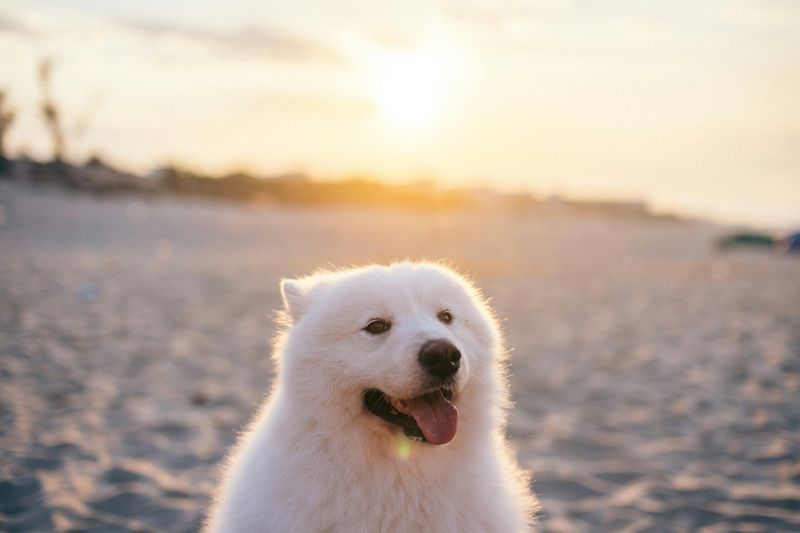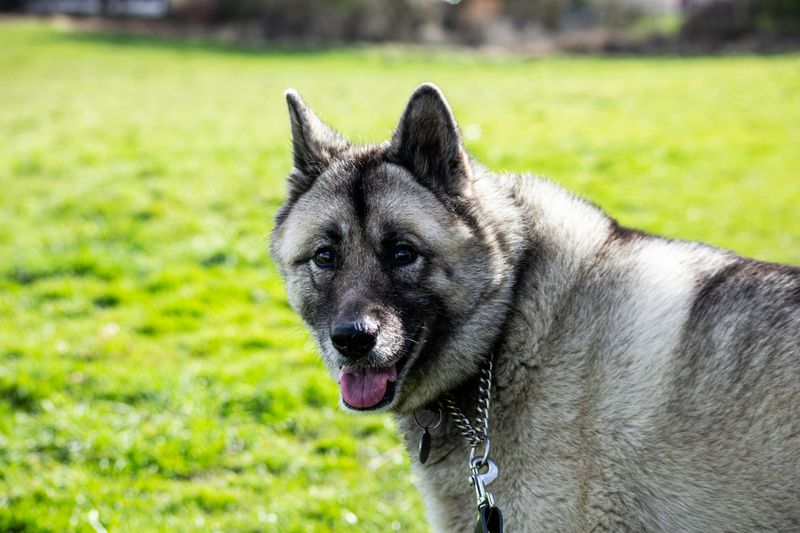Ever notice some dogs light up more around their canine buddies than their favorite humans? These pack-driven breeds thrive on shared routines, group play, and the social cues only other dogs can provide. If you’re considering a multi-dog household or frequent dog-park adventures, knowing which breeds lean canine-first can make all the difference. Read on to meet 11 breeds that often form their deepest bonds with fellow dogs—and how to help them flourish.
Siberian Husky
The Siberian Husky is famed for its pack instincts, honed by generations of sled teamwork. These dogs often look to other canines for cues, comfort, and play, sometimes appearing aloof with people. Their sociability shines brightest in groups, where they coordinate chase games and shared exploration. Without canine companions, they may become restless or vocal. Structured outlets like group hikes and mushing-style activities keep them balanced. Early socialization ensures positive dog-dog interactions. Humans still matter, but Huskies often reserve their deepest bonds for their four-legged friends, making multi-dog homes or active social schedules a great fit.
Basenji
The Basenji, an ancient African breed, often prefers canine company where subtle body language speaks louder than words—or barks. Independent by nature, they form tight alliances with familiar dogs during play and rest. Their reserved demeanor with strangers can contrast with lively, synchronized play among dog friends. Basenjis excel in small groups, particularly with consistent routines. Enrichment that encourages scent tracking and cooperative play helps satisfy their social needs. While affectionate with their person, they frequently seek canine partners for confidence and stimulation. Gentle introductions and structured meetups foster positive interactions and reduce aloofness with humans.
Alaskan Malamute
Alaskan Malamutes were bred for hard work in coordinated teams, which nurtured deep pack cohesion. They often thrive when living with another sturdy, confident dog. With humans, they can be affectionate yet independent, sometimes prioritizing play and companionship with canine peers. Group exercise—like carting or pulling—amplifies their social satisfaction. Without adequate outlets, they may become bored and pushy. Consistent training and clear boundaries help maintain harmony in multi-dog households. Early, positive socialization ensures they read other dogs’ signals well. Malamutes are happiest when their world includes both teamwork and vigorous, dog-centered activities.
Whippet
Whippets are sensitive sighthounds that often relax most around their own kind. In groups, they mirror each other’s calm, napping in sunbeams or sprinting in joyous bursts. Humans adore them, but many Whippets draw confidence from canine companions, especially other sighthounds. Their quiet nature and gentle play style match well with similar breeds. Regular off-leash zoomies in safe areas with dog friends help maintain balance. They can be reserved with unfamiliar people, preferring the soothing presence of a known canine buddy. Thoughtful socialization, soft handling, and predictable routines unlock their best, pack-oriented selves.
Shiba Inu
Shiba Inus are famously independent and often choose if and when to engage with humans. With other dogs—especially familiar ones—they may display synchronized movements, parallel play, and mutual exploration. Their subtle communication style resonates with canine companions more than chatty households. While capable of strong bonds with owners, they often decompress best around dog peers who respect their space. Early training supports polite greetings and reduces resource-guarding. Regular, structured playdates and scent games encourage cooperative behavior. Shibas flourish when allowed autonomy within a predictable routine, leaning on canine friends for social satisfaction and emotional balance.
Greyhound
Retired racing Greyhounds often arrive pre-wired for group living, having spent years in kennels alongside other dogs. Many look to their canine housemates for reassurance in new environments. While gentle with people, they can be reserved, building confidence through calm dog company. Pairing them with another steady Greyhound often eases transitions. They enjoy quiet companionship and occasional short bursts of play. Regular pack walks and cozy shared naps help cement bonds. Humans provide care and comfort, but Greyhounds frequently seek stability and social cues from fellow hounds first, especially during early adjustment stages.
Akita
Akitas are dignified, loyal, and intensely pack-aware, though not universally dog-social. When matched carefully, they may bond deeply with selected canine companions, sometimes more than with people outside their inner circle. Their history as guardians fosters independence and discernment. Skilled management—neutral introductions, parallel walks, and structure—builds trust between compatible dogs. They can be aloof with strangers and selective in play, preferring a familiar cohort. Training and clear leadership are essential. In the right setup, Akitas form powerful, loyal dog-dog relationships, drawing security and purpose from their chosen pack.
Samoyed
Samoyeds are cheerful, vocal spitz dogs who radiate pack energy. Historically working in family and sled groups, they often feel most fulfilled among other dogs. While affectionate with people, they rely on canine friends for robust play and cooperative exploration. Regular group activities—hikes, carting, nose work—channel their sociability. Without dog companions, they may become demanding of attention. Early, positive exposure to varied dogs fosters flexibility and reduces overexuberance. Grooming sessions can double as calm, shared routines. Samoyeds shine brightest when their day includes meaningful interactions with fellow canines, supporting both mental stimulation and emotional health.
Ibizan Hound
The Ibizan Hound is a keen sighthound with strong group hunting roots. Many prefer canine companionship for confidence, using subtle body language to coordinate play and exploration. They can be affectionate yet somewhat reserved with people, especially in stimulating environments. Secure spaces for group sprints and sniffaris satisfy their social drives. Pairing them with compatible hounds helps reduce anxiety and channel energy. Consistent recall work and calm routines are vital. While they bond with humans, their most natural interactions often unfold with other dogs, where shared instincts and motion create an effortless camaraderie.
Norwegian Elkhound
Norwegian Elkhounds were bred to work in tandem, tracking game while communicating efficiently with partners. That cooperative streak translates to strong dog-dog bonding today. They often prefer group patrols of the yard and synchronized play. With humans, they’re loyal but independent, sometimes less cuddly than owners expect. Group hikes and scent trails nurture their social and mental needs. Early training curbs vocal excitement and reinforces polite greetings. With compatible companions, Elkhounds develop steadfast alliances, drawing confidence from their canine team and thriving in households that value structure, outdoor time, and shared adventures.
Thai Ridgeback
Thai Ridgebacks are athletic, vigilant, and notably independent, often developing stronger rapport with canine housemates than with casual human acquaintances. They communicate through nuanced posture and movement, thriving with consistent, confident dog companions. While loyal to their person, they may seek dogs for play, reassurance, and territorial patrol. Early, careful socialization is crucial to prevent suspicion toward unfamiliar dogs. Structured activities—lure coursing, agility, and group walks—channel their intensity constructively. Clear boundaries and patient training help them integrate. In the right environment, they form profound, enduring bonds with fellow dogs, reflecting their self-reliant heritage.
